 |
| May 21, 2020 |
Dear Reader,
Here are highlights from the latest stories on the coronavirus pandemic: a first look at results from a human trial for a vaccine, the world is a little less terrifying for wildlife while humans are in lockdown, and a new risk assessment tool could help people take preventive steps to reduce transmission. In space news, NASA has renamed its Wide Field Infrared Survey Telescope to honor the renowned astronomer Nancy Grace Roman, also known as the "mother of Hubble." And, from another story, the agency is proposing a set of ideals called the Artemis Accords to guide future exploration of Earth's moon. Today you can also read about new research that shows bumblebees bite flowers to force them to bloom. |
| | Sunya Bhutta, Senior Editor, Audience Engagement
@sunyaaa | |
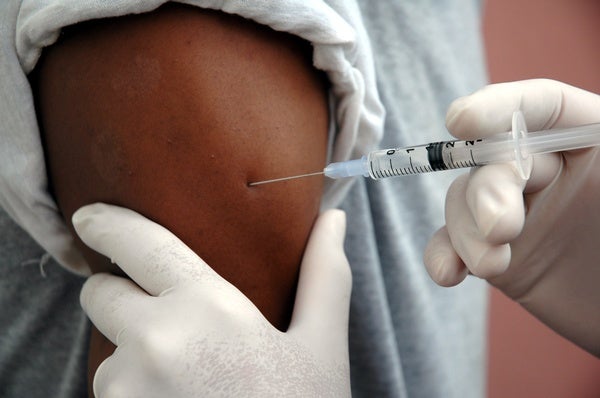 |
| |
| |
| |
| |
| |
| |
| |
| |
| |
FROM THE STORE
 | | | |
| |
FROM THE ARCHIVE
 | | | |
| QUOTE OF THE DAY
 "Looking through the atmosphere is somewhat like looking through a piece of old, stained glass. The glass has defects in it, so the image is blurred from that." Nancy Grace Roman, astronomer | |
LATEST ISSUES
 |
| |
| Questions? Comments?  | |
| Download the Scientific American App |
| |
| |



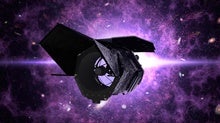
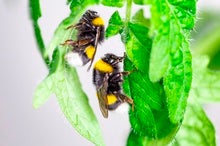

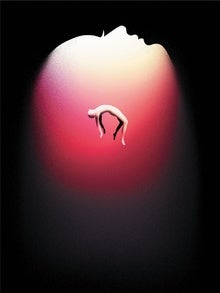


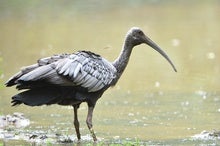
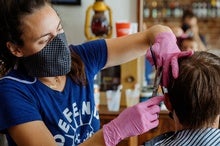
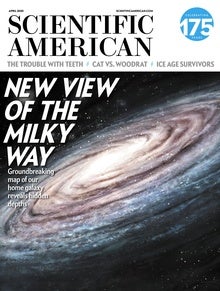

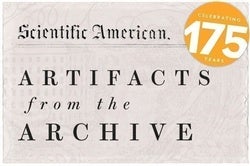
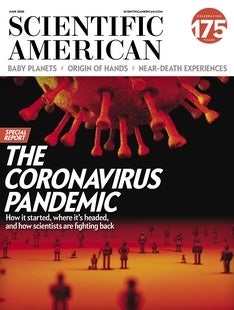

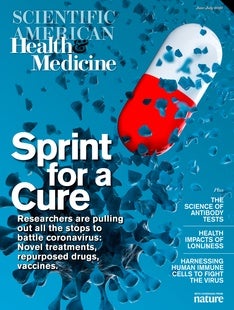
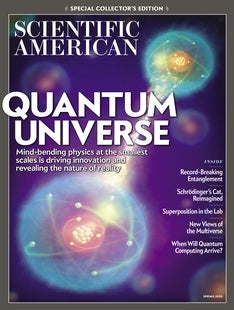
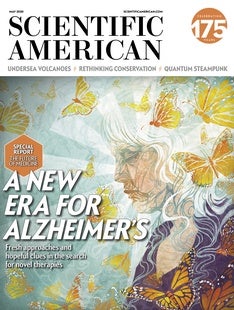



Comments
Post a Comment